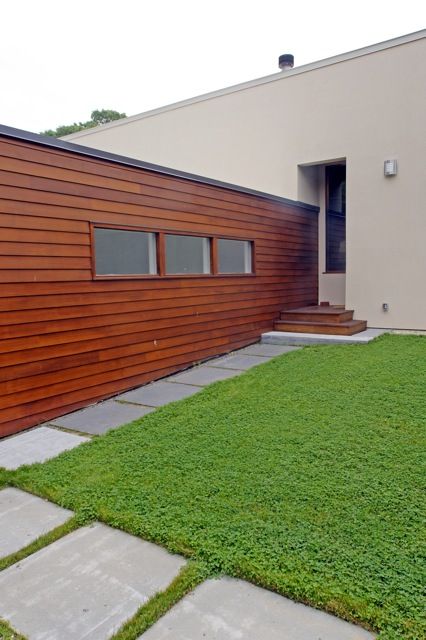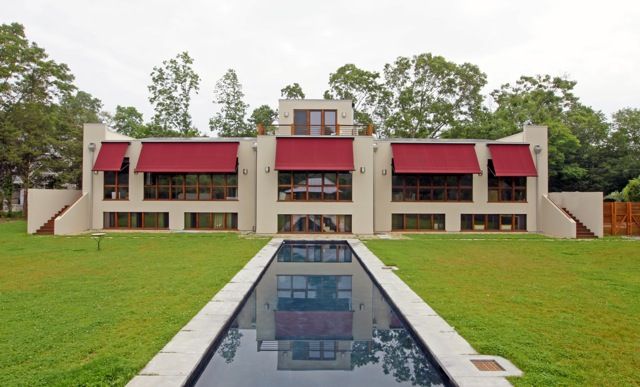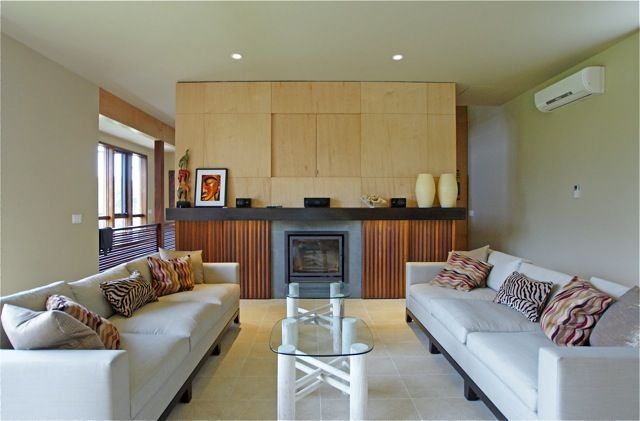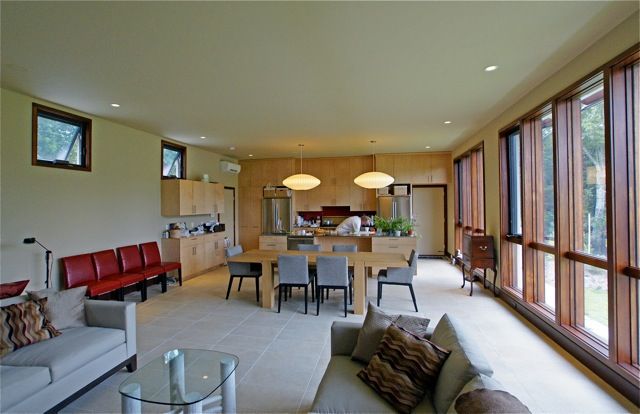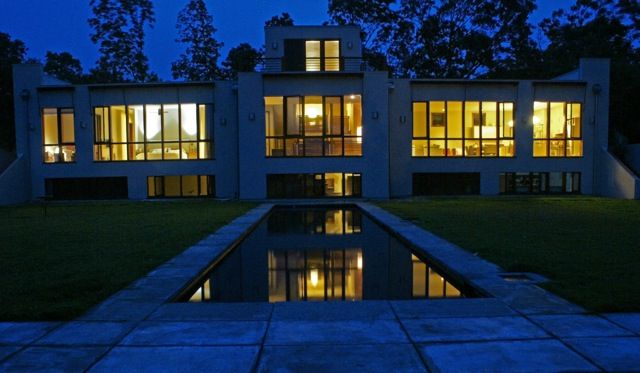
Having attended the Northeast Sustainable Energy Association Convention in Boston for a few years, I was inspired to see what I could do in 2009, for myself and my family. We moved in Dec. of 2010. The rule was to build a house that uses very little energy so that a reasonable number of solar panels would be all it needed. After 4 years, we have never spent a dime on electricity, and that includes heating and cooling with Mitsubishi air-to-air heat pumps, running a 50-foot swiming pool, and powering my Chevy Volt electric car.
Only fossil fuel used is a Triangle Tube instant hot boiler, no storage tank, for domestic hot water and a gas stove. I have run the numbers on propane usage versus gasoline saved using the Volt versus riding around in an empty pick-up truck, and between that and the power fed back into the grid, I am justified in calling the house true net zero. Since the engineering was my own seat-of-the pants calculations, and the technology was new to me, I also piped for radiant heat on both floors powered by the boiler. This was an expensive mistake, as it has never been needed or used.
Technical features of the house include:
90 feet long but 22 feet deep on 2 floors with almost all glass on south-facing long axis means all rooms get daylight and solar heat. The lower floor is totally earth bermed on north, east, and west, with four feet of glass exposed on the south. 4 inches of Dow blueboard is outside the foundation with concrete wall exposed inside so the foundation is part of the solar mass inside the insulation line.
Electric awnings shade the glass in summer but allow full sun in winter. 2’x2′ electric windows on the north work with operable units on the south for natural ventilation when weather allows. All glass is from Serious Windows, foam filled fiberglas frames and double argon space in glass minimize heat loss from glazing.
Icynene open-cell foam insulation top and sides fills all cracks to minimize leakage. 2-inch Styrofoam base for EFIS stucco adds an additional insulation layer outside the sheathing.
Energy star appliances and LED lighting minimize electric load. The 10 can lights, for example, in the great room are 3 watts each, so the whole room is lit with the equivalent of one 30-watt bulb. Task lighting over kitchen island and reading places is either LED or flourescent.
10 KW photovoltaic system on the 2 1/2 in 12 pitch roof delivers the power. I left room for solar thermal DHW but have not done it yet. Building a similar house, I would leave out the radiant heat and add the solar thermal, and reduce the size of the PV system if I was not planning an electric car and a pool.
Note on the pool: typical pool pumps can use 3000 watts and are excessive use of power. Variable speed set on lowest speed is 155 watts and is enough to filter the water in a day with DE filter and salt generating purification. No need for 8-foot depth, so shallow end at 3 1/2 feet, deep end at 6 feet minimizes the volume of water to keep clean. Dark gunite absorbs solar and with no heater it keeps the pool at 80 degrees for the summer.
